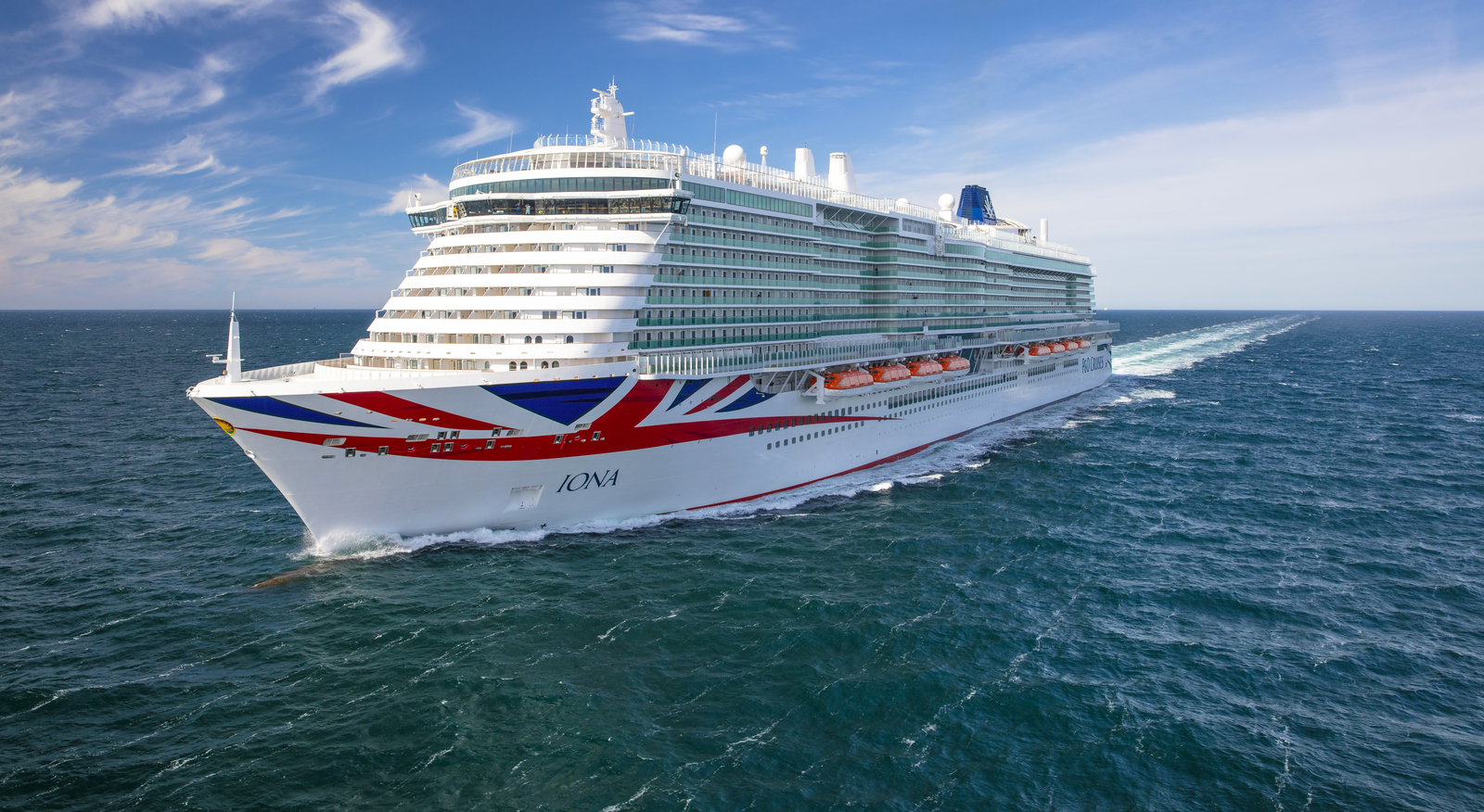Carnival Corporation and MSC Cruises are participating in two UK-based projects preparing for the introduction of multi-megawatt fuel cells on cruise vessels.
Powered by clean fuels and with efficiency that leaves engines standing, fuel cells have long been a great green hope for shipping – and in particular for cruise shipping, where steadily high electricity demand neatly fits the innate advantages of fuel cells over combustion. Two UK-based projects are aiming to bring that hope a step closer.
The two projects both feature Lloyd’s Register and UK fuel cell specialist Ceres Power, one with Carnival Corporation as the end user and the other with MSC Cruises. They were funded by the new UK Shipping Office for Reducing Emissions (UKSHORE), taking part of a £23 million pot granted by the Department for Transport to support clean maritime technology demonstrators and feasibility studies.
Fuel cells outperform diesel generators when it comes to efficiency but lack the dynamic response of engines. As they cannot vary load efficiently, the ideal operating condition is a steady high load state, with any excess electricity stored in batteries and then used to manage peaks in energy demand. Fuel cells produce no air pollutants and can run on LNG and a range of clean fuels including hydrogen, ammonia and methanol.
Those factors all point towards cruises as a good case for fuel cells. The base electricity demand of a big modern vessels is high and steady at around 10MW whether at port or at sea, much of it used on heating, ventilation, waste processing and air conditioning. Air pollution is a critical issue for ports and the communities around them. And cruise lines have been among the biggest early investors in LNG-fuelled ships, giving them experience and established supply for one potential fuel source.
Multi-megawatt systems
Previous trials have focused on the technical challenges of maritime fuel cell use with sub-megawatt installations. MSC’s 150kW demonstrator onboard its new vessel Europa, entering service this year, is the latest example. The current projects prepare for multi-megawatt systems and take a wider view of system and operational readiness.
The Carnival-led project envisions LNG-fuelled solid oxide fuel cells, later transitioning to hydrogen. The University of Southampton built a cruise ship energy model using data from the LNG-powered P&O Cruises vessel Iona. Ceres Power modelled the fuel cell systems, including waste heat recovery, through the full range of operations to establish the energy demand and emissions profile. Carnival worked with Lloyd’s Register to assess implications on vessel design, and with Shell to understand the implications of switching from LNG to hydrogen at a later stage.
MSC is participating in a project led by GE Power Conversion, with Ceres and Lloyd’s Register completing the consortium. The focus is not just on designing a fuel cell power system but on optimising all the systems around them – physical integration and interfaces, automation and control and how to optimise the energy system according to operating profile. The goal is to deliver approvals in principle for fuel cell systems using a range of fuels, and a ship demonstrator with multiple fuel cell configurations.
The growing number of approvals in principle from class societies in recent months indicate that marine fuel cell technology is evolving rapidly. Demonstrators are emerging faster than ever and fuel cells are already pencilled in for real deployment on smaller vessels, such as those being planned for nascent cruise line Northern Xplorer. The latest projects from Carnival and MSC suggest that scaling up fuel cells to the multi-megawatt power needed for the biggest cruise vessels may not be far behind.
































